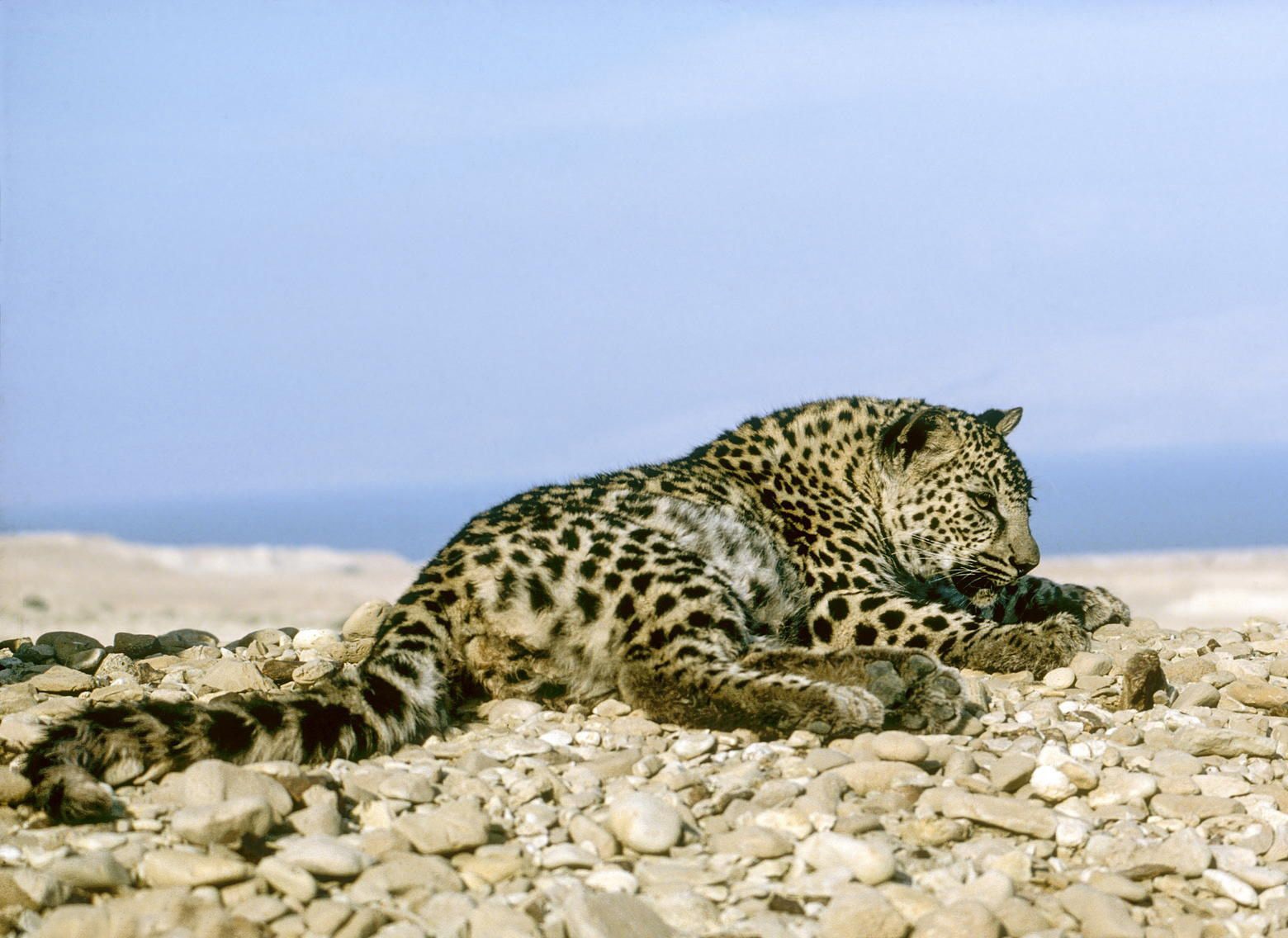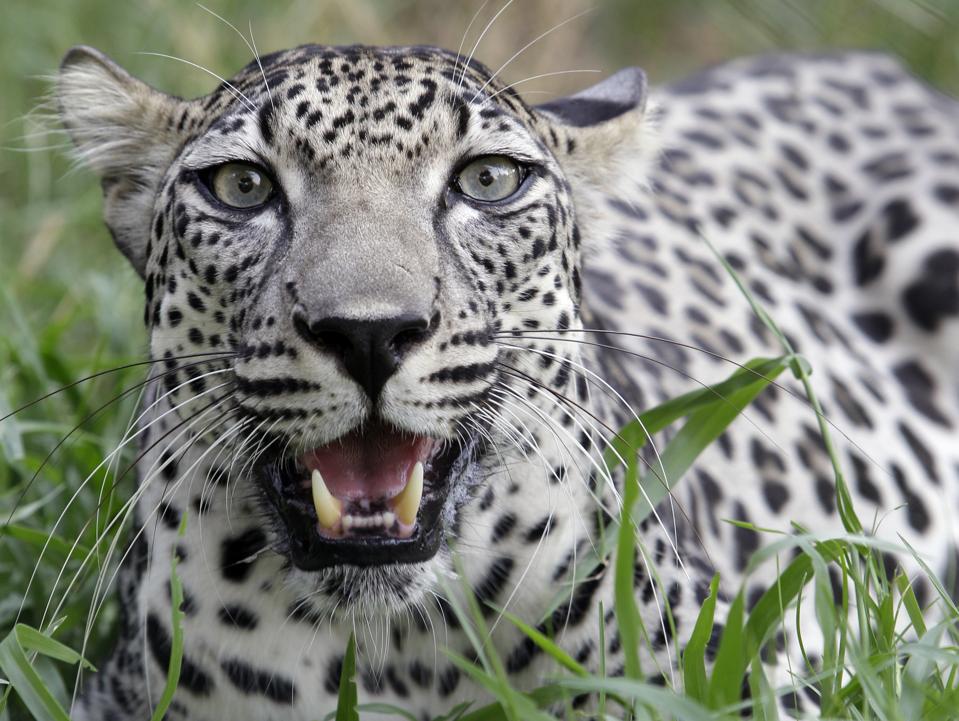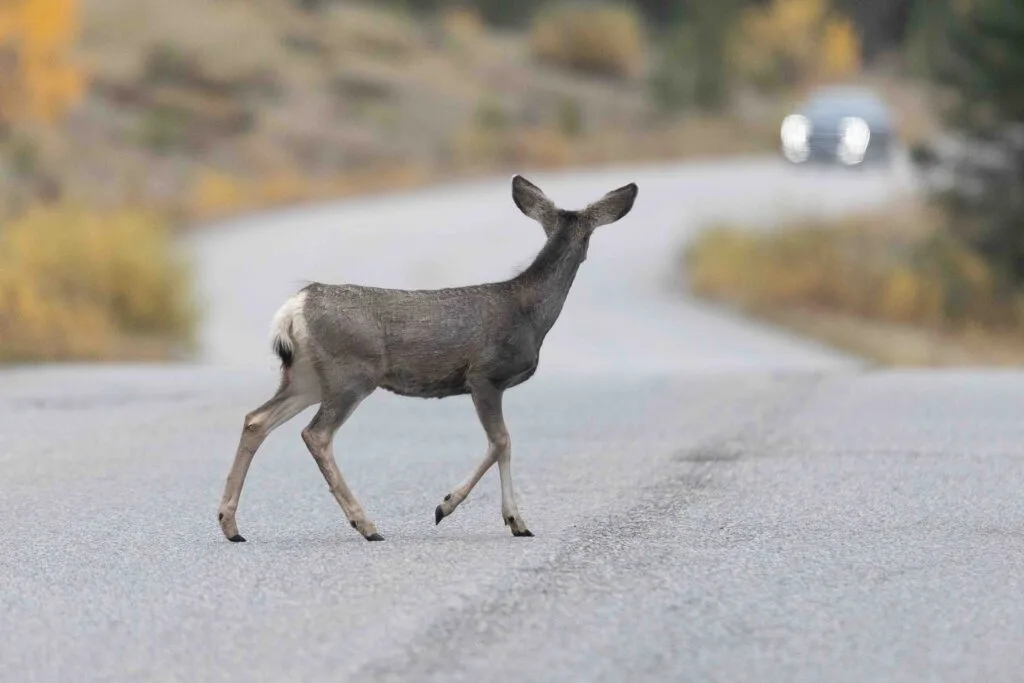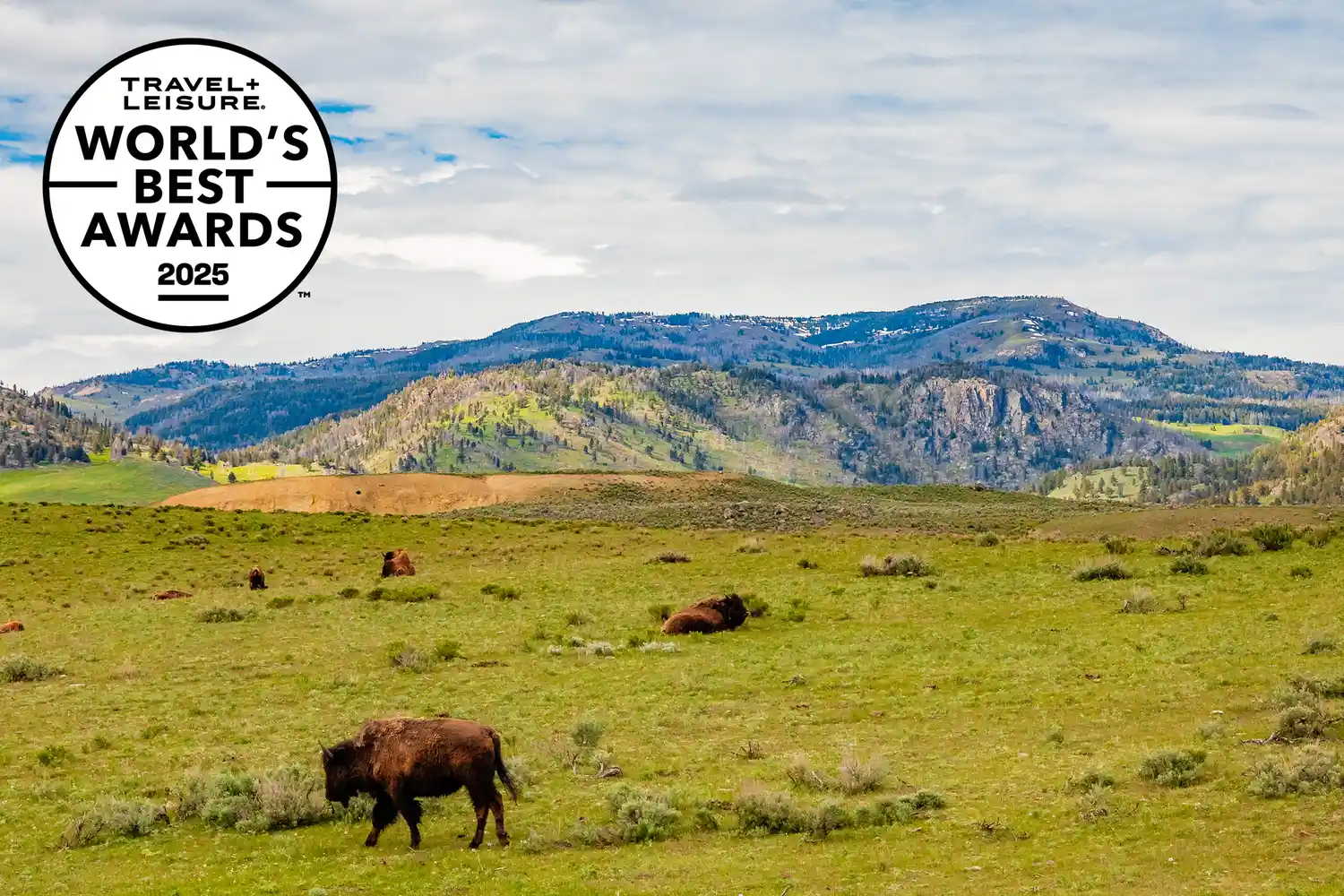
July 9, 2025
The Arabian leopard, the smallest and one of the rarest leopard subspecies in the world, is teetering on the brink of extinction. Once widespread across the Arabian Peninsula—including Saudi Arabia, Oman, Yemen, and the UAE—these elusive big cats have been pushed to the edge by climate change, habitat loss, poaching, and a dwindling prey base.
As of 2022, the International Union for Conservation of Nature (IUCN) estimates only 100 to 120 Arabian leopards remain in the wild, with as few as 70 to 84 mature individuals. Most now live in the remote mountains of Oman and Yemen. They are thought to be extinct in Saudi Arabia, as well as Jordan, Israel, Palestine, the UAE, and Egypt’s Sinai Peninsula.
As reported in Forbes, Saudi Arabia has launched an ambitious conservation push in response to this crisis, spearheaded by the Saudi Green Initiative and its National Center for Wildlife. Drawing inspiration from past success stories—like the reintroduction of the Arabian oryx—the Kingdom is investing in breeding programs, habitat restoration, and international partnerships to bring its leopards back.
Building on Past Conservation Success
Dr. Belisa Marochi, a sustainability professor at Hult International Business School, notes that Saudi Arabia’s efforts build on the blueprint used to revive the Arabian oryx, a species once declared extinct in the wild.
Now, that same approach is being applied to Arabian leopards and Arabian sand gazelles, another vulnerable species with only 1,750–2,150 mature individuals remaining as of 2016. Much of the work is focused in and around the Sharaan Nature Reserve and the AlUla region.
Habitat Loss and Prey Decline: The Leopards’ Greatest Threats
Arabian leopards are struggling in part because their habitats have been carved up by urban sprawl, agriculture, and infrastructure projects. This fragmentation isolates leopard populations, making breeding and movement between territories more difficult.
Compounding this is a steep decline in wild prey—such as gazelles, ibex, and hyraxes—due to overhunting and overgrazing. As prey vanishes, leopards turn to livestock, which increases the likelihood of human-wildlife conflict and retaliatory killings.
Similar pressures threaten Arabian gazelles, whose grassland habitats are being overtaken by both humans and livestock.
Rewilding the Desert
To reverse this damage, Saudi Arabia is pursuing a multi-pronged rewilding strategy, led by the Royal Commission for AlUla (RCU). According to Dr. H. Bobby Fokidis, a biology professor at Rollins College, the goal is nothing short of reintroducing leopards and other native species into areas where they haven’t lived for generations.
Key elements of this plan include:
- Captive breeding programs
- Reintroduction of native prey and predator species
- Establishment of nature reserves
- Habitat restoration, including planting native vegetation
- International research and collaboration
The Arabian Leopard Fund, created by the RCU, has committed $20 million toward global leopard conservation. These efforts are already bearing fruit: in December 2024, a rare litter of Arabian leopard triplets was born at the Arabian Leopard Conservation Breeding Centre in Taif—the first such event in Saudi Arabia.
Eventually, these captive-born leopards will be reintroduced into protected landscapes like Sharaan Nature Reserve, which is being fenced and monitored to limit disturbances and allow natural vegetation and prey populations to rebound.
Gazelles and Native Trees Making a Comeback
Saudi Arabia is also making progress with Arabian and mountain gazelle reintroductions, especially in reserves like Sharaan and the King Salman Royal Natural Reserve. The Zoological Society of London (ZSL) has supported these efforts, partnering with the King Khalid Wildlife Research Centre to breed and release gazelles into the wild, as well as train local conservation staff and study gazelle genetics.
To support both prey and predator species, reforestation is underway using native trees like acacias. Over half a million seedlings have been planted to date, helping to reverse desertification and support ecosystem recovery.
Community Involvement Is Key
Another major focus is community outreach. Saudi Arabia is educating residents on how predators like leopards fit into healthy ecosystems, while also promoting conflict-mitigation strategies. These include:
- Predator-proof livestock enclosures
- Livestock guardian dogs
- Ecotourism incentives
- Early warning systems for leopard activity
Community meetings and workshops are also helping locals learn how to identify leopard presence, reduce risk, and participate in conservation. Marochi emphasized that public education and local buy-in are essential for long-term success.
Partnerships with groups like Panthera are also strengthening monitoring programs and helping coordinate efforts across Arabian leopard range countries.
Conservation in Harsh, Fragile Ecosystems
Despite the progress, conservation in Saudi Arabia faces serious challenges. Leopards are incredibly elusive, which makes monitoring and research difficult. And the country’s hyper-arid desert ecosystem is both fragile and slow to recover.
Off-roading and dune bashing—popular tourist activities—can further fragment habitats, compact soil, and damage vegetation critical for prey species. Meanwhile, sprawling mega-projects like NEOM and Diriyah threaten to consume the open space needed for leopards to thrive.
Saudi Arabia is also relatively new to conservation biology, and still depends on foreign expertise and organizations to guide these programs. More domestic training and public awareness campaigns will be needed to change long-standing attitudes toward wildlife.
A Balancing Act Between Development and Nature
Perhaps the biggest question is whether Saudi Arabia can successfully balance economic transformation with biodiversity conservation. As Fokidis puts it:
“You simply cannot pour concrete over ecosystems and expect things like leopards to thrive.”
Long-term rewilding success will require decades of sustained funding, scientific oversight, ecological monitoring, and public engagement. It also hinges on maintaining genetic diversity and managing animals across both wild and captive populations.
Beyond leopards and gazelles, other iconic desert species—like sand cats, Nubian ibex, and houbara bustards—may also benefit from these conservation initiatives.
Fokidis summed it up best:
“Saudi Arabia is trying, to its credit. Whether it’s enough for Arabian leopards, we will see. But if nothing else, this proves that even in the desert, the flower of hope can grow—if it comes with a wildlife vet, GPS collars, drone surveillance, and a few billion riyals.”

Disclaimer: This blog post is for edutainment purposes only and may not be entirely accurate.








